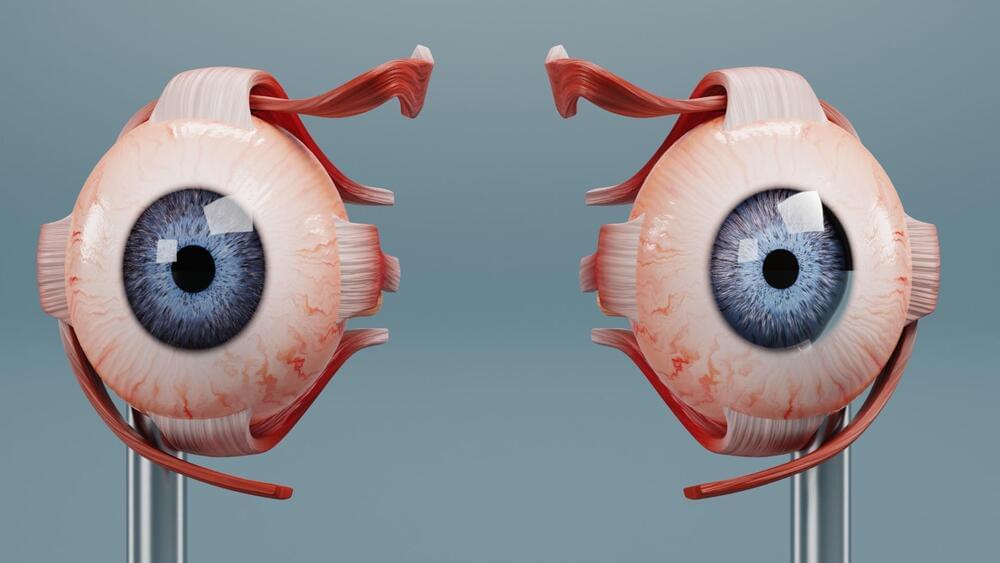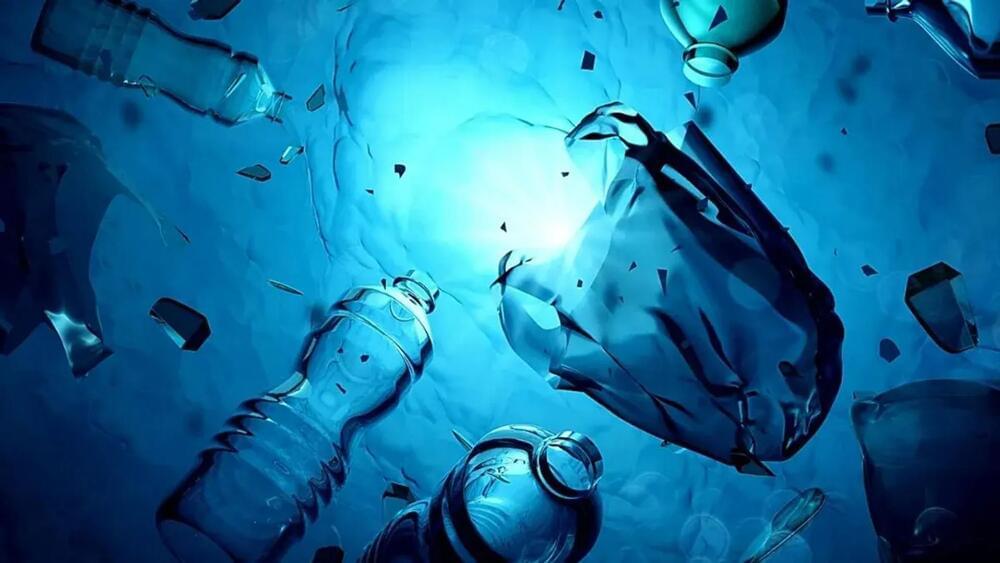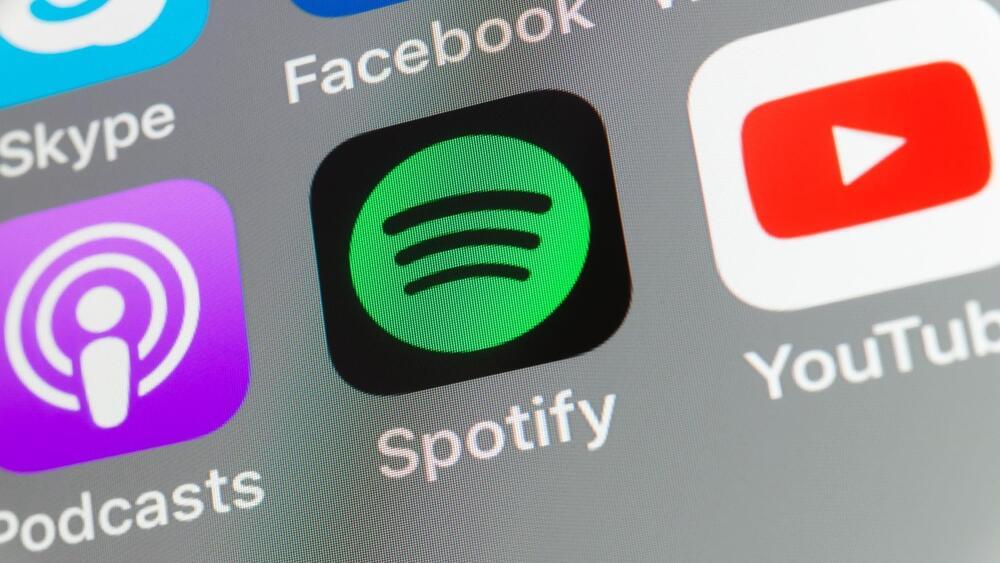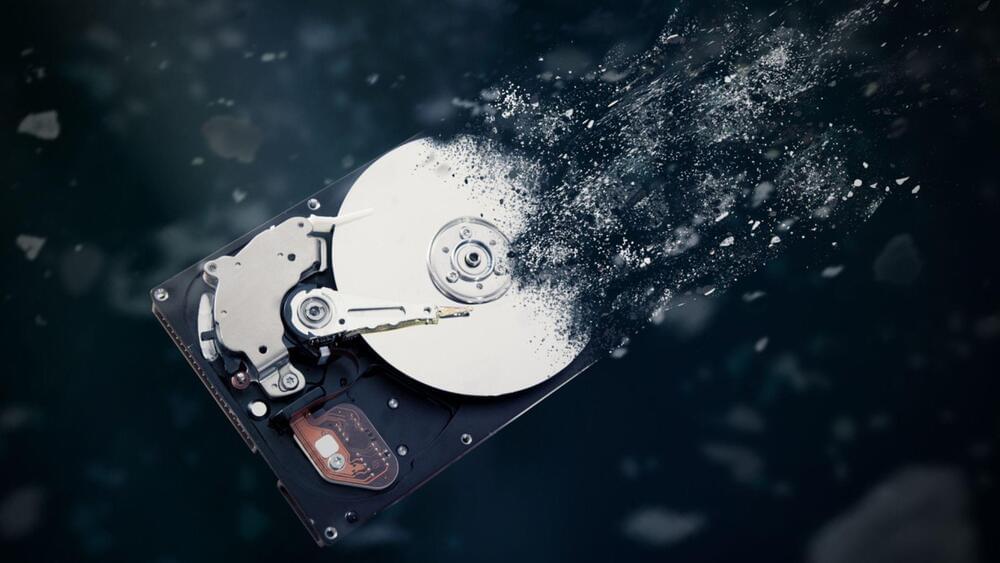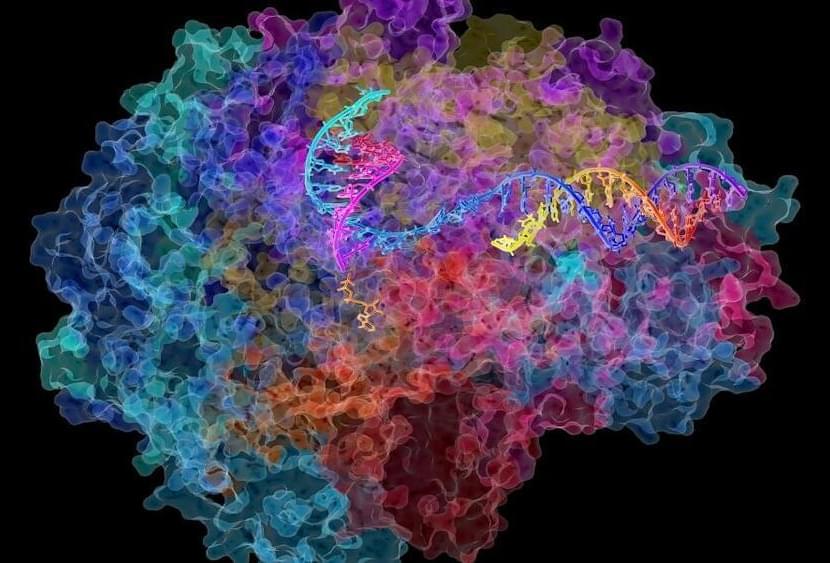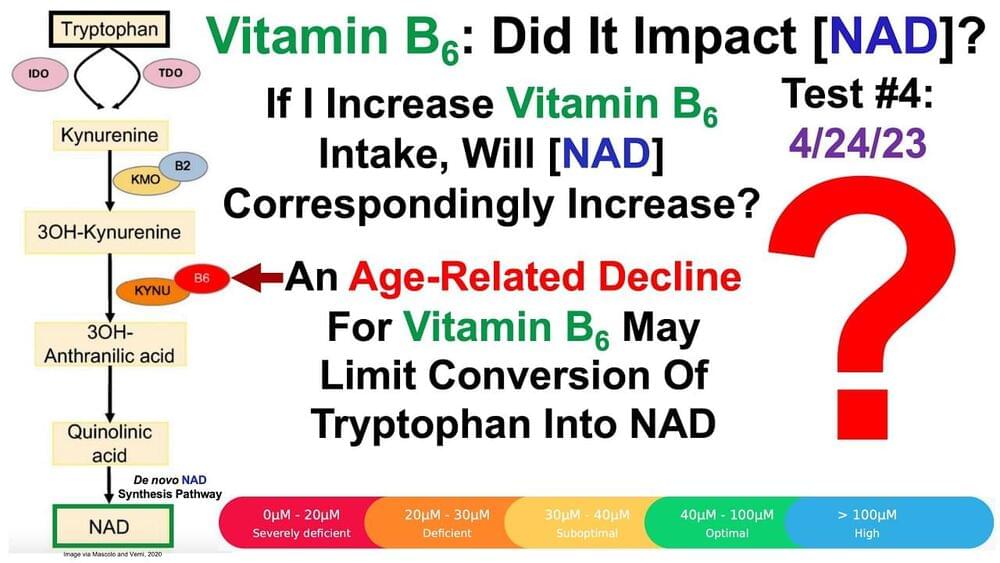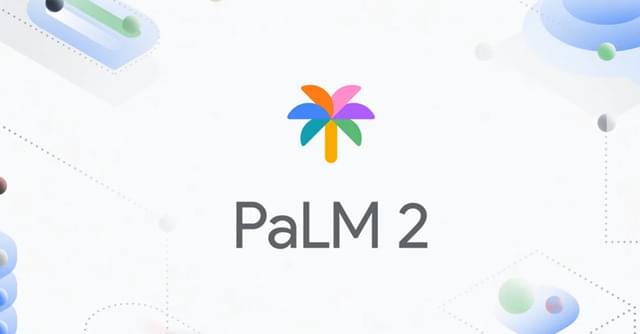There is an army of dormant cells in our eyes that prefer to stay asleep. However, waking them up in patients living with degenerative retinal disease can prevent blindness.
Researchers at the Université de Montréal (UdeM) have proposed a novel treatment strategy that promises to restore vision in patients living with degenerative retinal disease, an inherited medical condition that gradually impairs a person’s ability to read text, sense colors, see objects that are placed sideways, and eventually makes them completely blind.
3drenderings/iStock.
